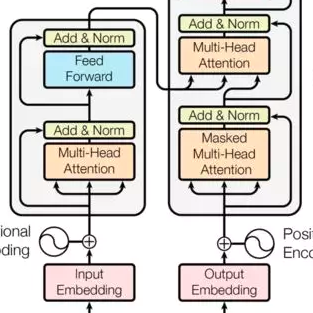Video deblurring relies on leveraging information from other frames in the video sequence to restore the blurred regions in the current frame. Mainstream approaches employ bidirectional feature propagation, spatio-temporal transformers, or a combination of both to extract information from the video sequence. However, limitations in memory and computational resources constraints the temporal window length of the spatio-temporal transformer, preventing the extraction of longer temporal contextual information from the video sequence. Additionally, bidirectional feature propagation is highly sensitive to inaccurate optical flow in blurry frames, leading to error accumulation during the propagation process. To address these issues, we propose \textbf{BSSTNet}, \textbf{B}lur-aware \textbf{S}patio-temporal \textbf{S}parse \textbf{T}ransformer Network. It introduces the blur map, which converts the originally dense attention into a sparse form, enabling a more extensive utilization of information throughout the entire video sequence. Specifically, BSSTNet (1) uses a longer temporal window in the transformer, leveraging information from more distant frames to restore the blurry pixels in the current frame. (2) introduces bidirectional feature propagation guided by blur maps, which reduces error accumulation caused by the blur frame. The experimental results demonstrate the proposed BSSTNet outperforms the state-of-the-art methods on the GoPro and DVD datasets.
翻译:暂无翻译



